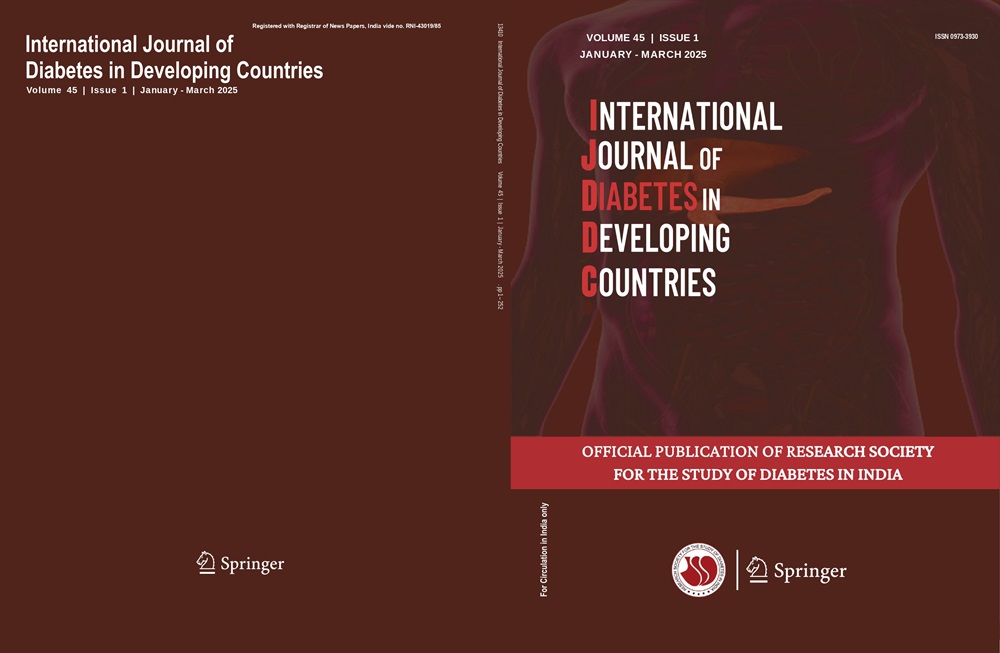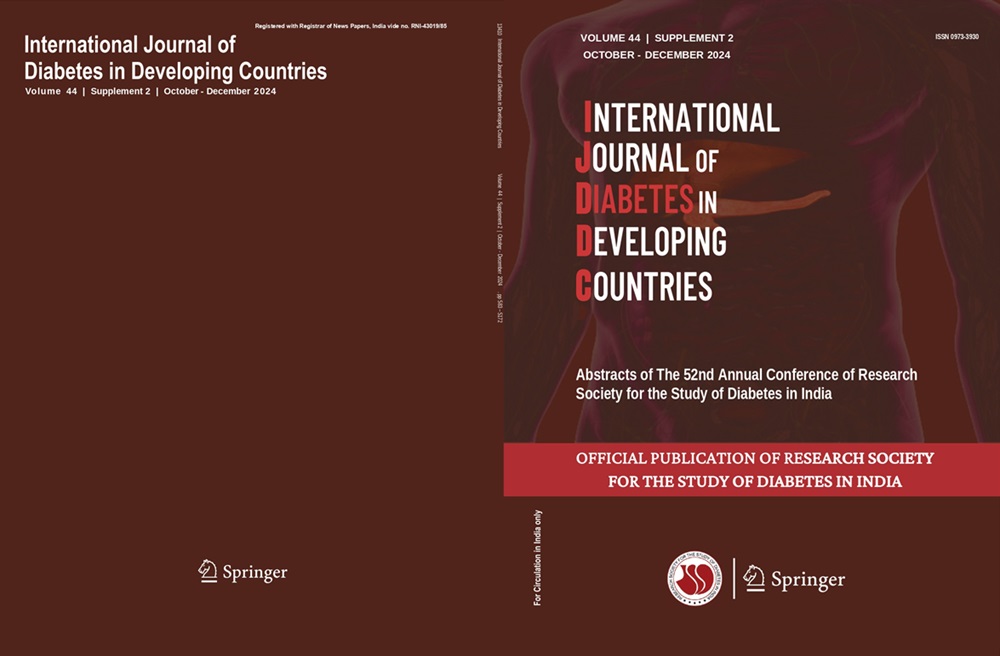Bashir Ahmad Laway, Moomin Hussain Bhat, Bashir Ahmad Fomda
Keywords
Type 2 diabetes • Urinary tract infection • Emphysematous pyelonephritis • Antimicrobial sensitivity
Abstract
Background and aims Diabetes patients have a higher risk of urinary tract infection (UTI). The present study was aimed at determining the clinical profile, microbial pattern, antibiotic sensitivity, and follow-up of UTI in patients with type 2 diabetes (T2D).
Materials and methods Two hundred consecutive T2D patients admitted with a diagnosis of UTI were selected for this study. Midstream urine specimens were collected and the culture tests were done by a quantitative method; antimicrobial sensitivity was determined by using the Kirby-Bauer method. After discharge from the hospital, patients were followed for 6 months.
Results Women (n=162) outnumbered men (n=38), with 76% being postmenopausal. Pyelonephritis was present in 44.5% (n=89) and emphysematous pyelonephritis (EPN) in 9.5% (n=19). Longer duration of diabetes, high body mass index, and prior UTI were risk factors for symptomatic UTI. Gram-negative bacilli were leading causes of UTI, with E. coli being the most common pathogen. Gram-negative pathogens were mostly sensitive to amikacin, imipenem, and piperacillin/tazobactam. Around 40% patients had recurrent UTI. The presence of renal calculi, poor glycemic control, and chronic kidney disease were significant predictive factors for recurrence.
Conclusion In patients with T2D, UTI was more common and severe in postmenopausal women. More than one-third of patients had a recurrence of UTI on follow-up for 6 months.




